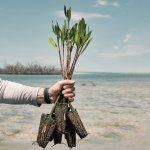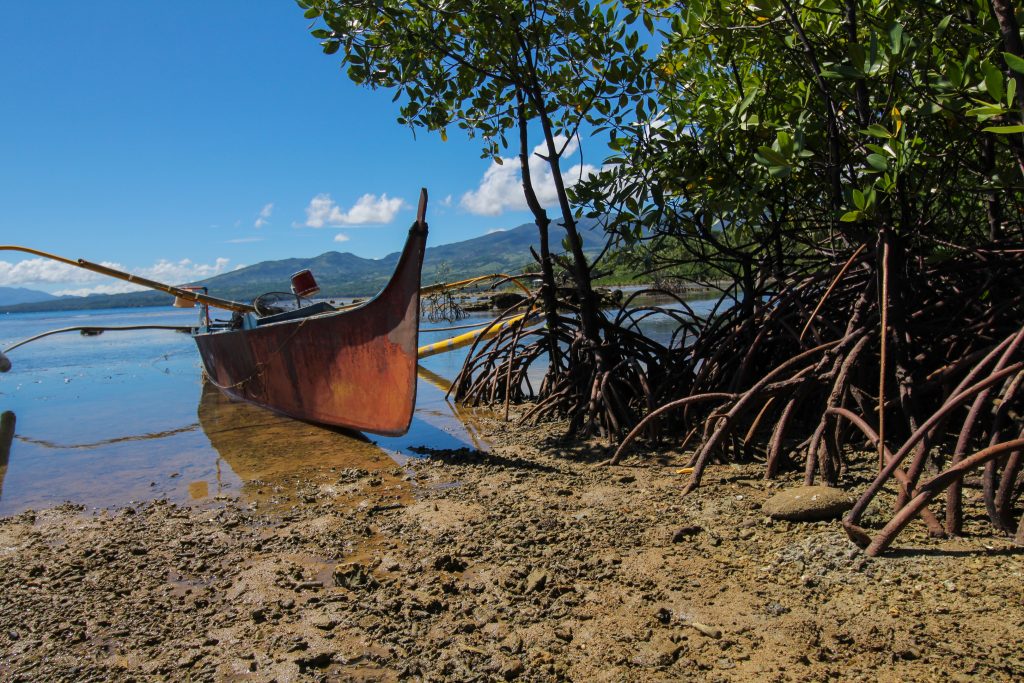Mangroves vs Manila: Natural vs Man-Made Storm Protection
In Tacloban, The Philippines, pig farmer Alejandro Sumayang has been planting mangrove plants along the shoreline near his home twice a month for the past 10 years. He believes these mangroves serve as a shield against storm surges, protecting him and his community. Sumayangs house was destroyed by Super Typhoon Haiyan in 2013, leaving only broken beams behind. Since then, coastal communities in the Philippines have started mangrove reforestation efforts to combat the effects of climate change. These efforts have proven effective in mitigating the impacts of typhoons.
According to the Leyte Center for Development (LCDE), mangroves played a significant role in saving 2,000 coastal residents from the intensity of Typhoon Rai in December 2021. The LCDE, a humanitarian organization, supported mangrove planting efforts in Silago, where four villages teamed up with NGOs and village officials to initiate reforestation activities following the devastation caused by Haiyan. Now, the coastline of Silago is lined with mangrove forests spanning an area of 215 square kilometers (83 square miles).
Despite the success of these natural barriers, the government has shown little support for mangrove reforestation efforts. Instead, they have favored man-made interventions such as a concrete sea wall in Tacloban City, the capital of Leyte province. The Storm Surge Protection Project (SSPP) is a 44.48-kilometer (27.6-mile) long concrete seawall that was supposed to be completed by 2020 but has faced delays. Only 58 percent of the project has been finished so far, causing concerns about its effectiveness and reliability.
Critics argue that the sea wall may not be enough to protect the city, especially in the face of future typhoons that are expected to be more severe due to climate change. Professor William Holden from the University of Calgary explains that climate change makes it difficult to predict the size of seawalls needed to prevent storm surges. Furthermore, there are concerns that the wall could trap water during a storm and lead to prolonged flooding, worsening the effects of climate change.
Jon Bonifacio, the national coordinator for the environmental advocacy group Kalikasan, criticizes the social and environmental costs of the governments emphasis on man-made infrastructure. The project has required coastal residents to leave their homes, disrupting their livelihoods. Bonifacio believes that the government should prioritize investing in natural barriers like mangroves, which are not only effective but also cost-effective.
The Philippines is home to 46 out of the worlds 70 species of mangrove trees and shrubs. These natural breakwaters play a crucial role in protecting coastal areas from storms and erosion. Despite the proven success of mangrove reforestation, the governments focus on concrete structures highlights a divide in approaches to climate change resilience. While some communities recognize the importance of nature-based solutions, others rely on costly and potentially inadequate infrastructure projects.
source=aljazeera




